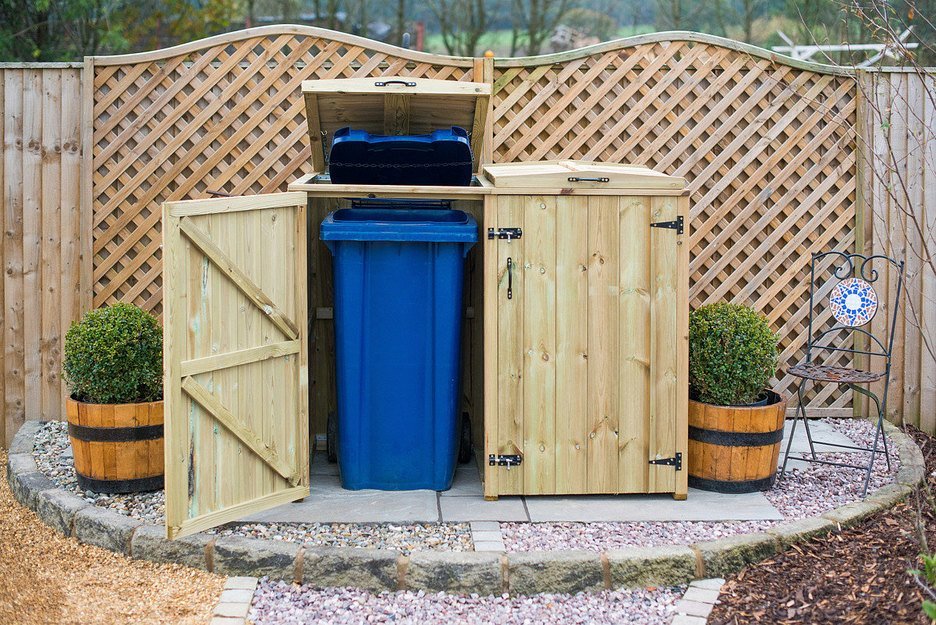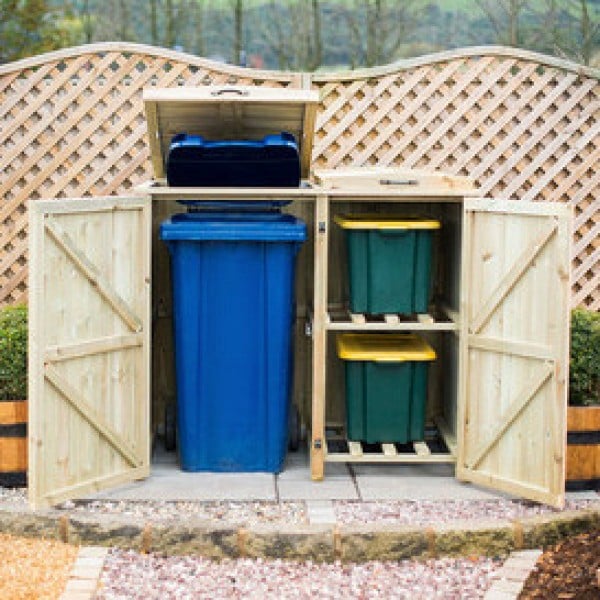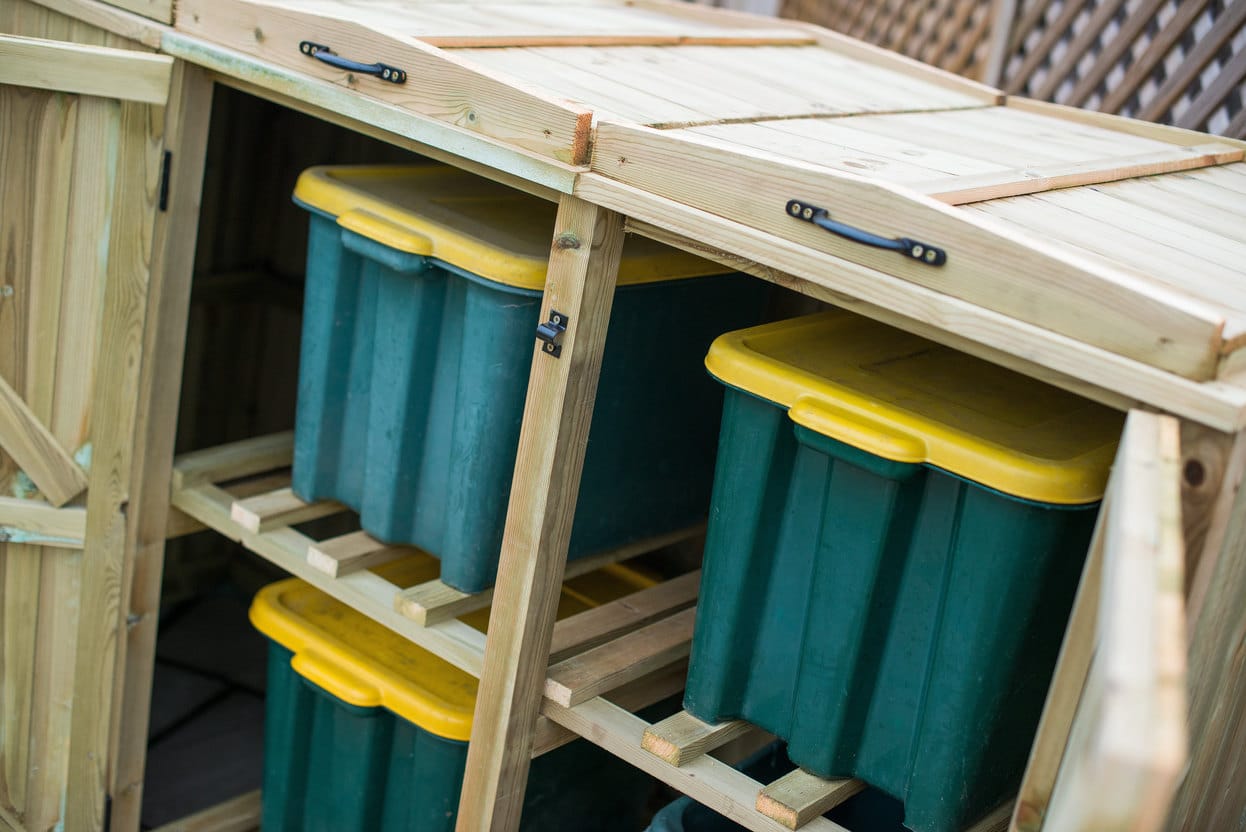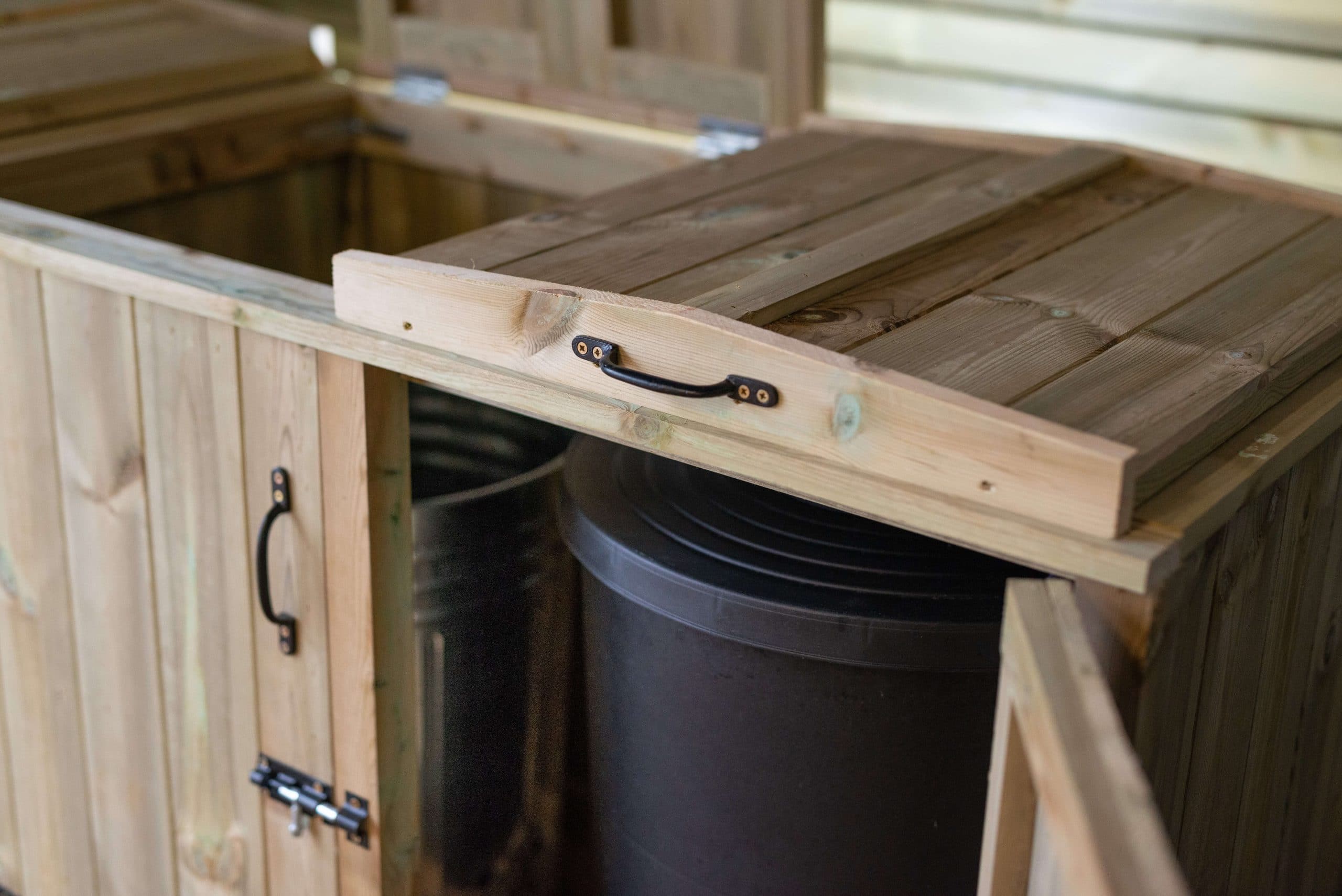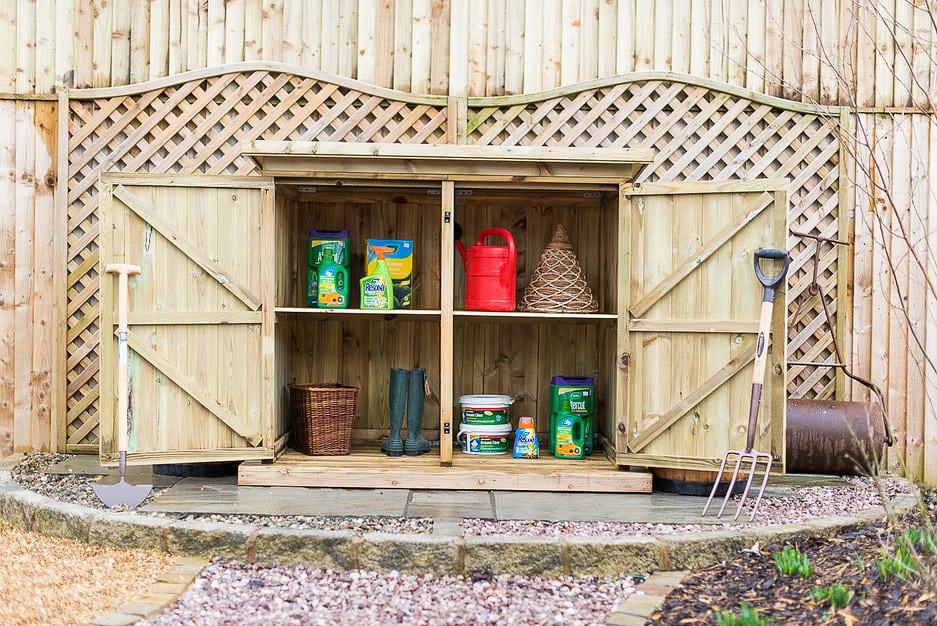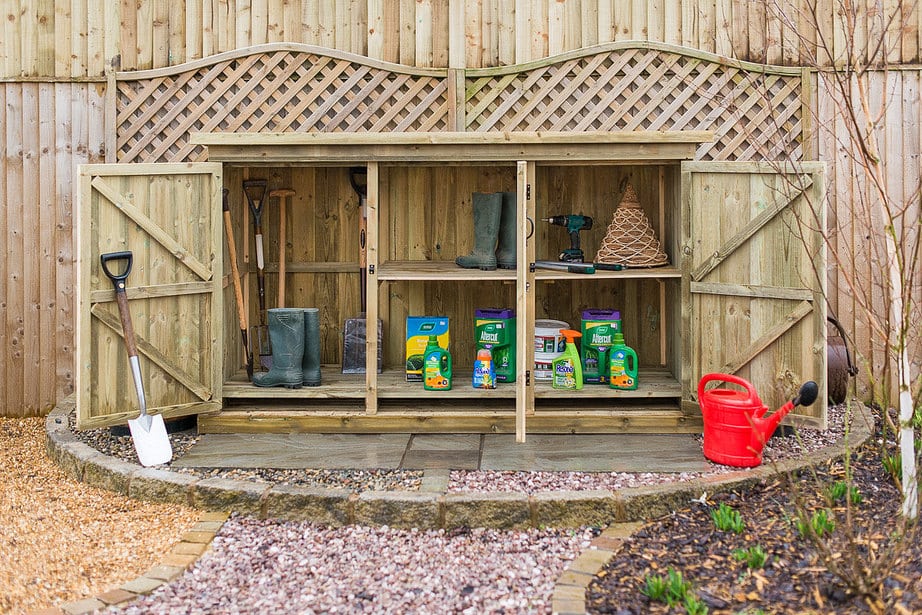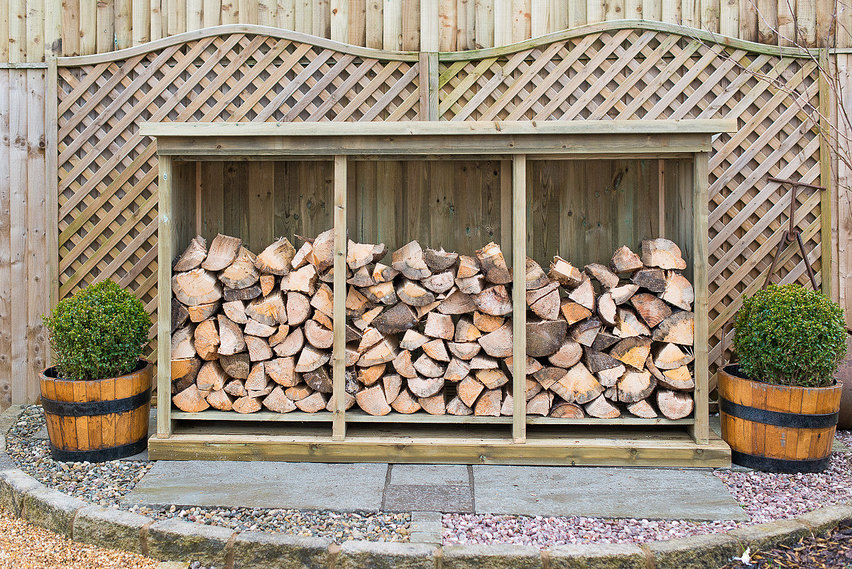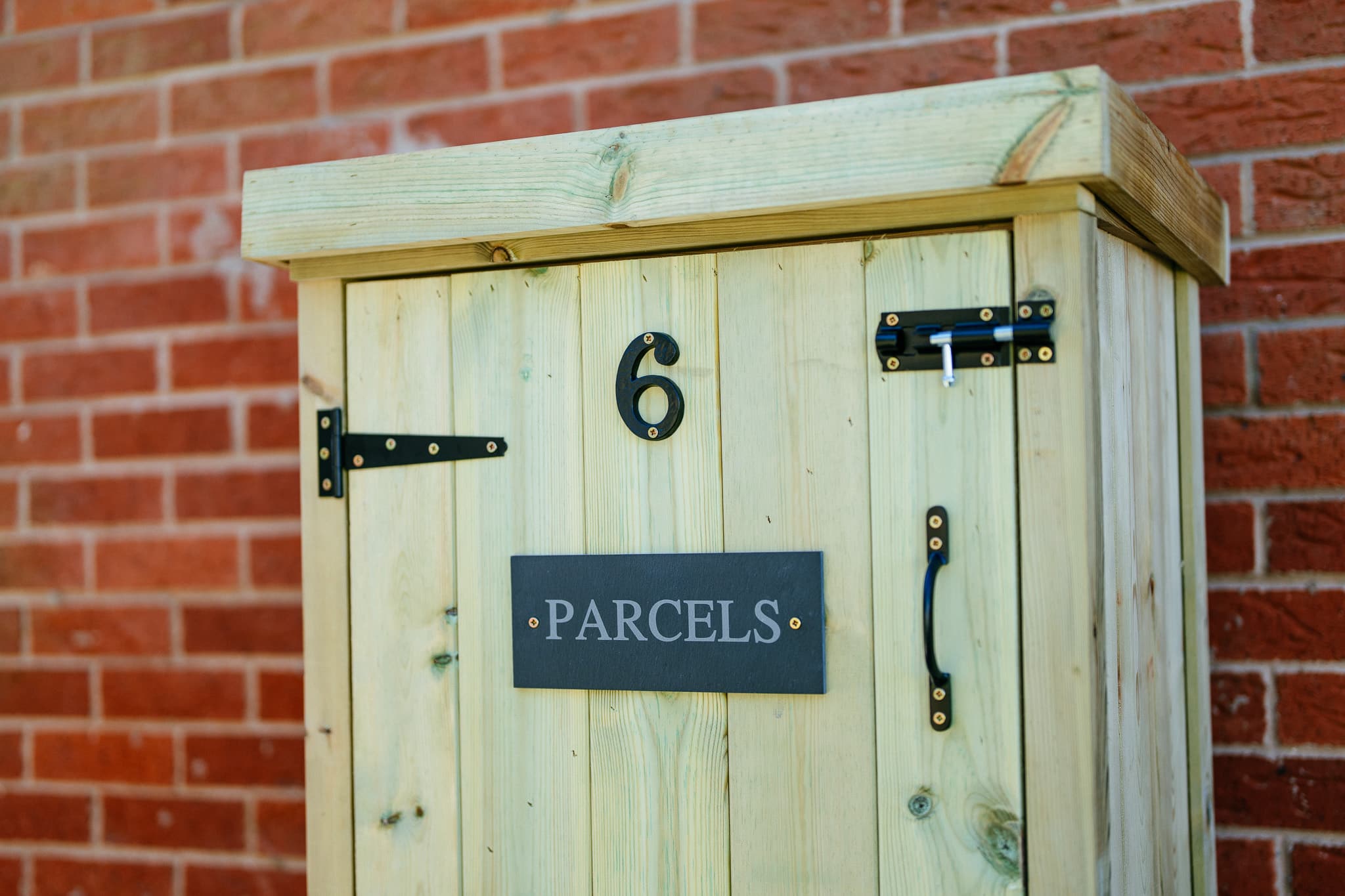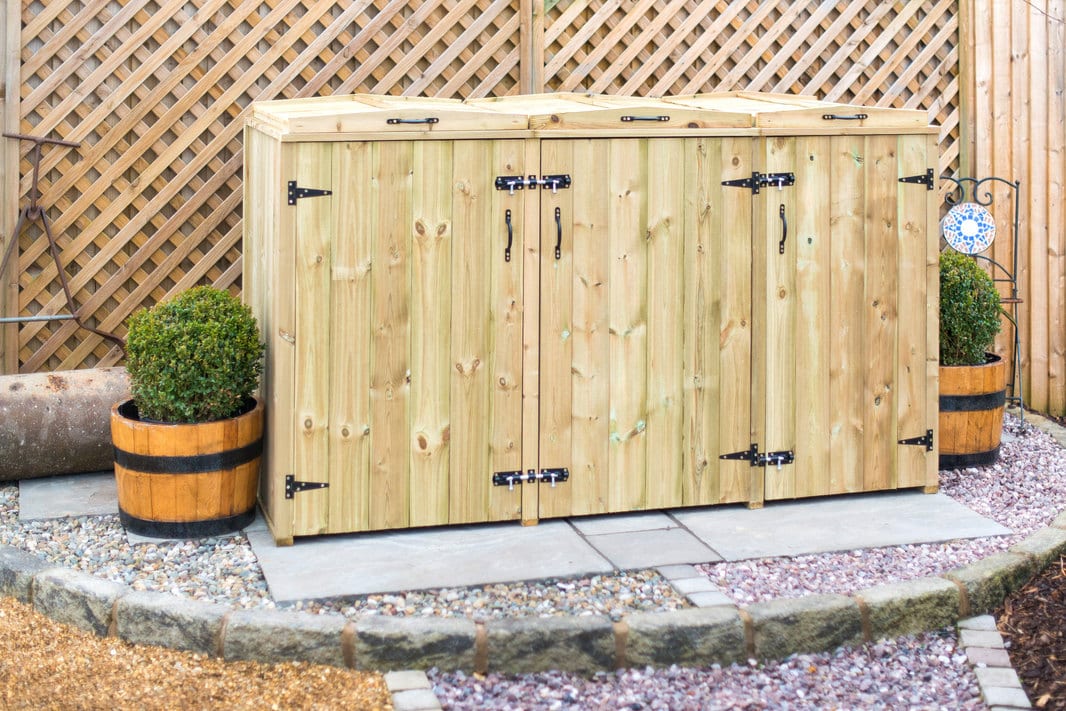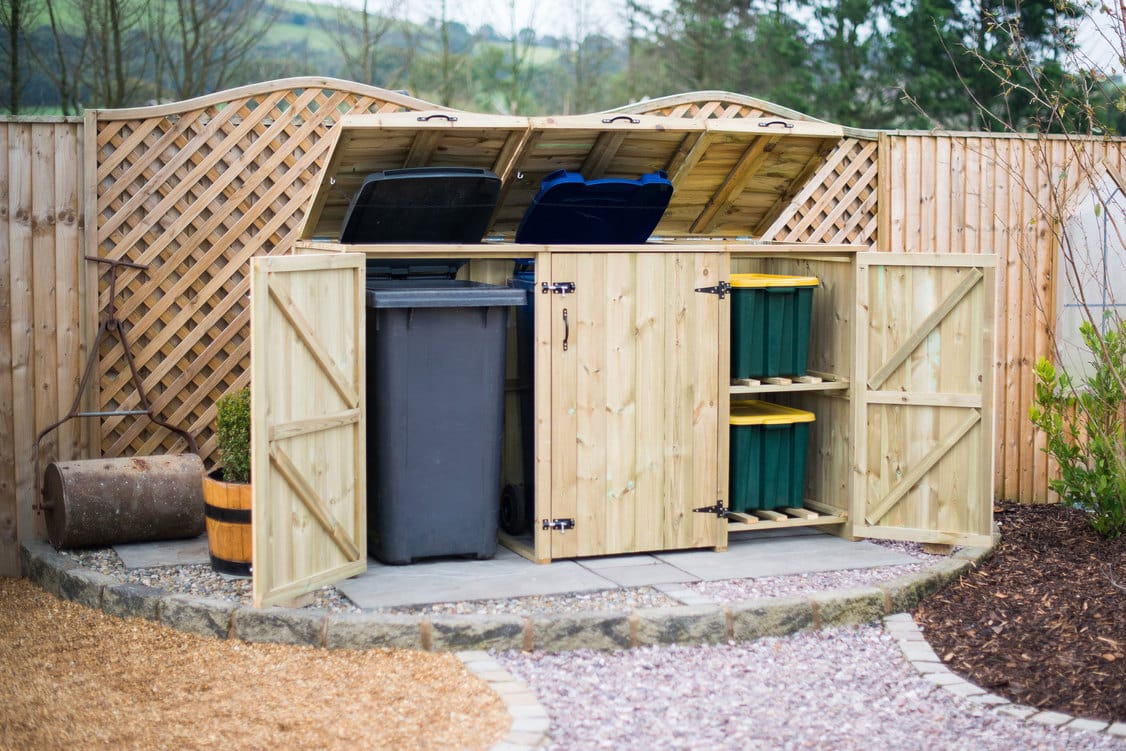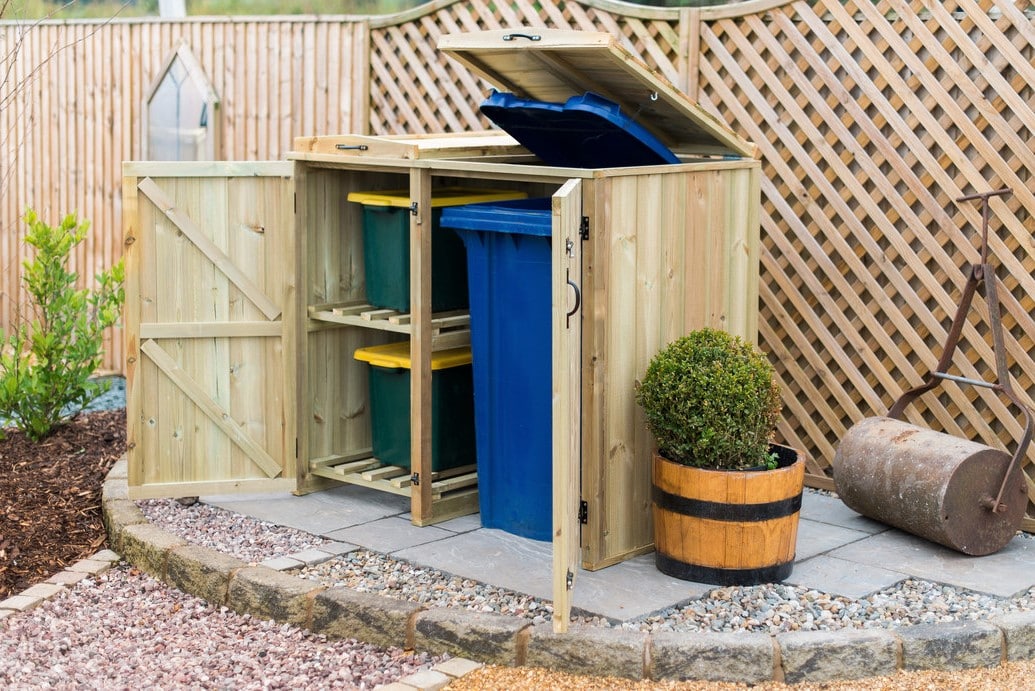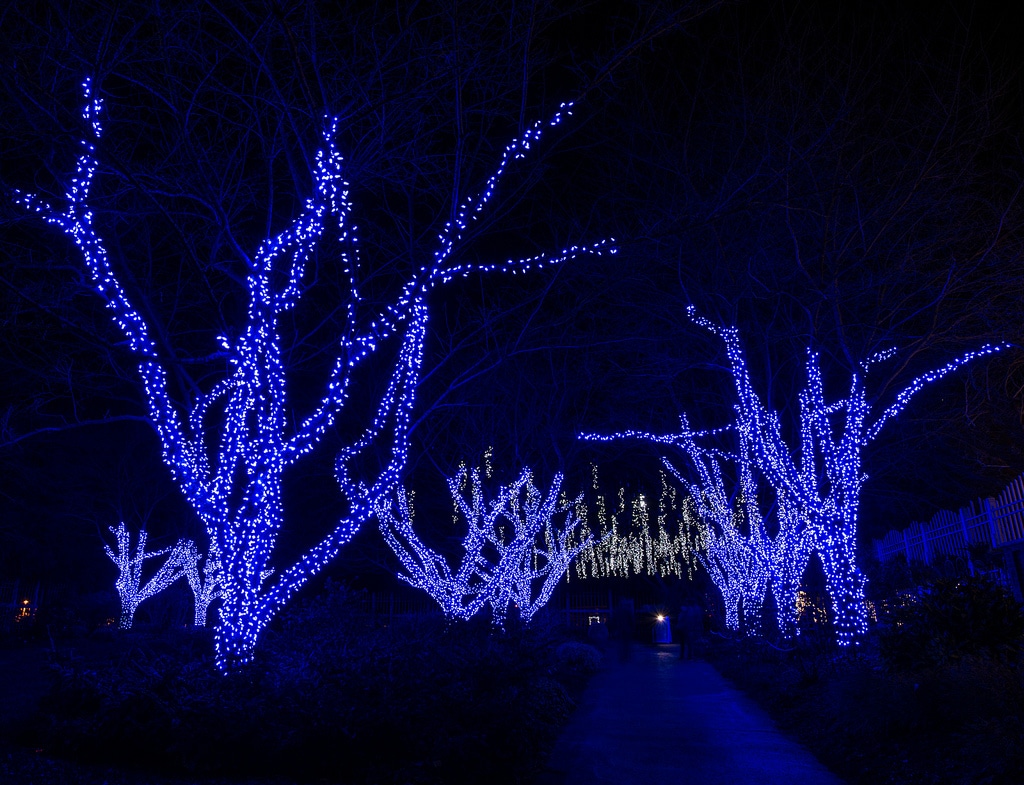Buying Guides
Christmas Decorations for Your Garden
With Christmas coming your mind might be turning towards decorations. Everyone loves a Christmas tree and some fairy lights, but have you considered the outside of your home as well as the inside? Garden decorations and lights can make your house look festive and welcoming, but there are some things that you'll want to take into consideration before planning your own illuminations! We're taking a look at all you need to know about Christmas garden decorations, so read on!
The Law…
Before we get started, you might want to check your local council laws or even homeowners association laws (depending on where you live) to make sure that you're allowed to decorate in the first place. In general, there are no real public laws against decorating, though some residential areas may have their own laws. There are, however, laws against being a public nuisance (shining bright lights through neighbours windows at unacceptable hours, for example), so you'll want to keep this in mind. Be considerate of your neighbours, and remember that not everyone's taste is the same as yours!
Christmas Lights are the Obvious Choice
When you think about outdoor decorating, the first thing that comes to mind is probably Christmas lights. These are the obvious choice, and yet you do have more than one option in this category. There are three main categories of lights:
- C7 or C9 bulbs: these are the traditional cone shaped lights that you see on Christmas trees (C9 bulbs are just a little bigger than the C7s). They generally come in strands of 25 or 100. The important thing to know here is that 100 bulb strands must NOT be connected together, whilst you can connect up to three 25 bulb strands to one plug. If one bulb blows on any strand it only effects itself, not the other bulbs (good news!). But you will need to consider a circuit breaker or RCD for these (more about that below).
- Miniature bulbs: as the name suggests, miniature bulbs are smaller and therefore use less power, meaning you probably don't need to worry about circuit breakers or special plugs. But miniature bulbs aren't as bright as C7 or C9 bulbs, plus, if one bulb blows the whole strand of lights will go out.
- Net lighting: net lighting is the newest option, and is exactly what it sounds like, a net with LED lights on it. This means it's perfect for covering trees and bushes with minimum effort. LED lights use little power, meaning few concerns about plugs and circuit breakers, and usually the bulbs are long lasting but non replaceable. This means once the bulbs start to blow you'll need to buy a whole new net (however, bulbs are usually rated for thousands of hours of use).
There are other options, such as sphere lights or model lights (snowman or santa lights), and with these you'll need to read the manufacturer's instructions to ensure they're safe and don't need special plugs…
Safety First!
Obviously it's important that you consider safety when decorating your garden, since electricity and damp conditions don't mix well. Do ensure that ALL lights and extension cords are rated for outdoor use. Lights must be switched off before going to bed or leaving the house. Do NOT place any lights on trees that touch or come close to power lines.
Maybe the most important concern here is where you're plugging in your lights, however. Lights should be plugged into an OUTSIDE plug socket, rather than one that's in your home. Your home circuit is unlikely to be able to handle a full set of lights being plugged into it, and isn't equipped to handle the mixture of electric and damp that outside lights bring.
Most modern outdoor sockets are equipped with an RCD (residual current device) which stops plugs becoming overloaded. You can always buy connectors or additional RCD units from DIY shops if necessary. Miniature lights and LED nets usually don't require RCDs, but most other forms of outdoor lighting do. If in doubt, get an electrician to check your sockets. Better safe than sorry!
Practical Tips
In terms of the process of actually decorating, there are some tips that will help you. Always plug in light strings before putting them up to check bulbs (it's easier to replace bulbs on the ground than up in a tree!). And always use a good, secure ladder, preferably with someone holding the base, when mounting lights. NEVER plug in lights until they have already been arranged around your garden.
If you're using an extension cord, it should be waterproof and the correct length for the job. The entire wire of the cord must be unwound, and lengths of wire that cross paths should be taped down with waterproof tape to prevent tripping.
Be practical with where you're decorating! Lights might look pretty on your garage door or on top of your bin store, but once you need to open either of those things you'll find that decorating them wasn't such a great idea…
Other Decorations…
Of course, there are other kinds of decorations, not just lights. Simple wreaths and small garden ornaments can be very tasteful. Do be careful of the more ostentatious, inflatable decorations, however. These are large, can require special electrical safety measures, and are likely to leave neighbours disgruntled.
Other Concerns…
Be aware that any electrical decoration in your garden is likely to send your electric bill spiralling, though LED lights do come cheaper, using only around 10% of the power of traditional lights. And remember that homes with decorative displays can become points of interest, with visitors photographing or visiting your garden! Finally, we were pretty serious about being respectful of your neighbours. Every year there are thousands of legal proceedings brought against home owners with Christmas lights in their gardens (yes, seriously!). So if your friendly with your neighbours, you might want to run your plans past them first…
And that should be all you need to know to decorate your garden beautifully. Have fun, be safe, and Merry Christmas!
Photo credit: howardignatius

